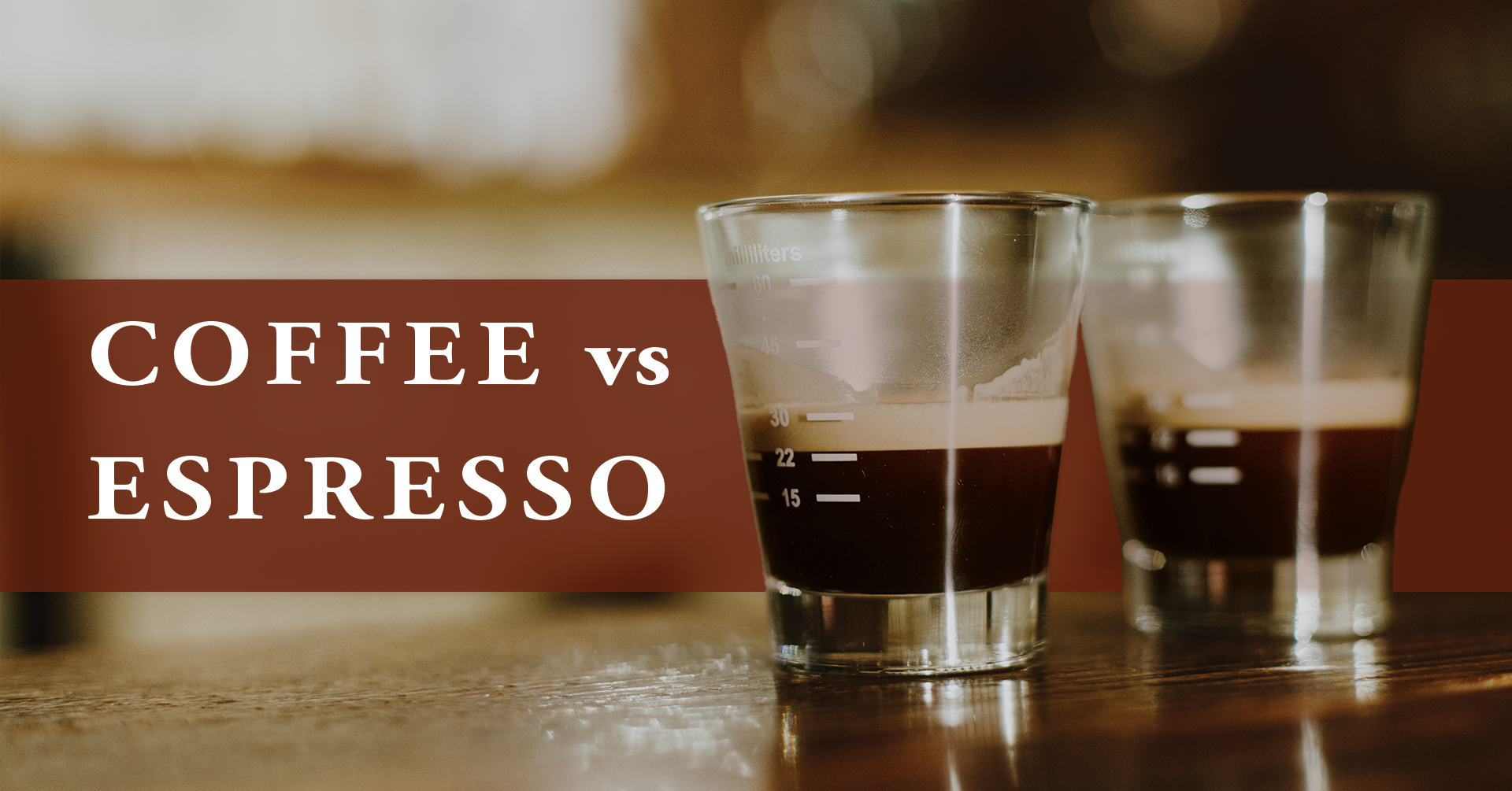by Karlie Lockhart, Barista
To some, the word “espresso” is scary, giving the impression of intense caffeination. When the lover of “the average cup of joe” hears the word espresso, they may think of someone holding a small cup and saucer that clank against each other due to the drinker shaking from “the buzz.” Espresso aficionados, on the other hand, may turn their nose up at the idea of a cup of drip coffee. They wouldn’t dare subject themselves to something so simple and mainstream.

